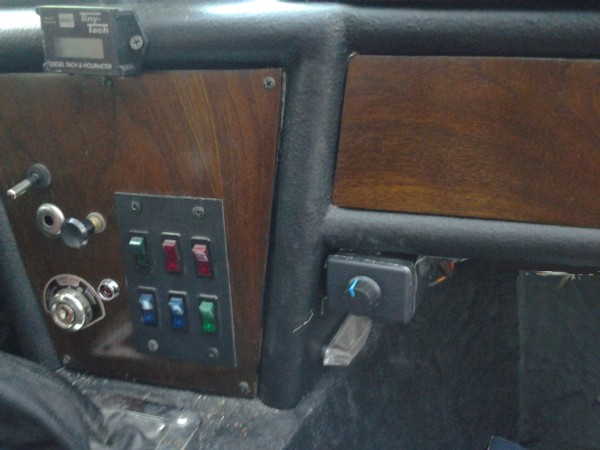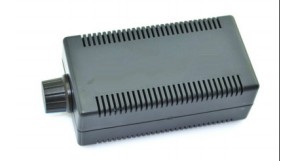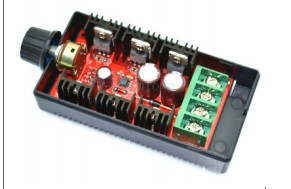With the cold mornings the recent heater hookup was a welcome addition - however - victory was brief! The Centurion's fan motor made some amazing noises before screeching to a halt.
-
Removing the entire unit is not messy and it's not hard if you're a contortionist. Upon closer inspection, the 1966 Smiths motor had so much play in the shaft, the fan blades were contacting the metal shroud - eek!

.
-
Most of our vintage junkyards dried up long ago but luckily we have internet. I found a comparable size motor, same shaft size and about 3 grains of sand difference in the bolt pattern.
-
After installation, all went well for several on-off runs. Then more noises.

The fan attaches to the motor shaft via plastic threads and a plastic nut. When tightened the threads are allowed to clamp (squeeze) the shaft to secure the fan. The problem now was the instant torque of the new motor would break the grip just enough to jar the fan's alignment a little each time, ultimately over several start-stops, making it shift enough to contact the heater housing. There is very little wiggle room so the fan must stay in position on the shaft.
-
So, back to the internet. The solution ended up as a PWM control for the motor. This now allows for a slow start-up and then variable control thereafter. Unlike the older resistance based controls, there is no appreciable heat generated when setting the speed of the motor. Very nice! There is also a second PWM for the separate fresh air/vent system.
-

-

-

-
Until the next issue - I shall enjoy PWM control on the heater. Onward!
~CrazyJerry